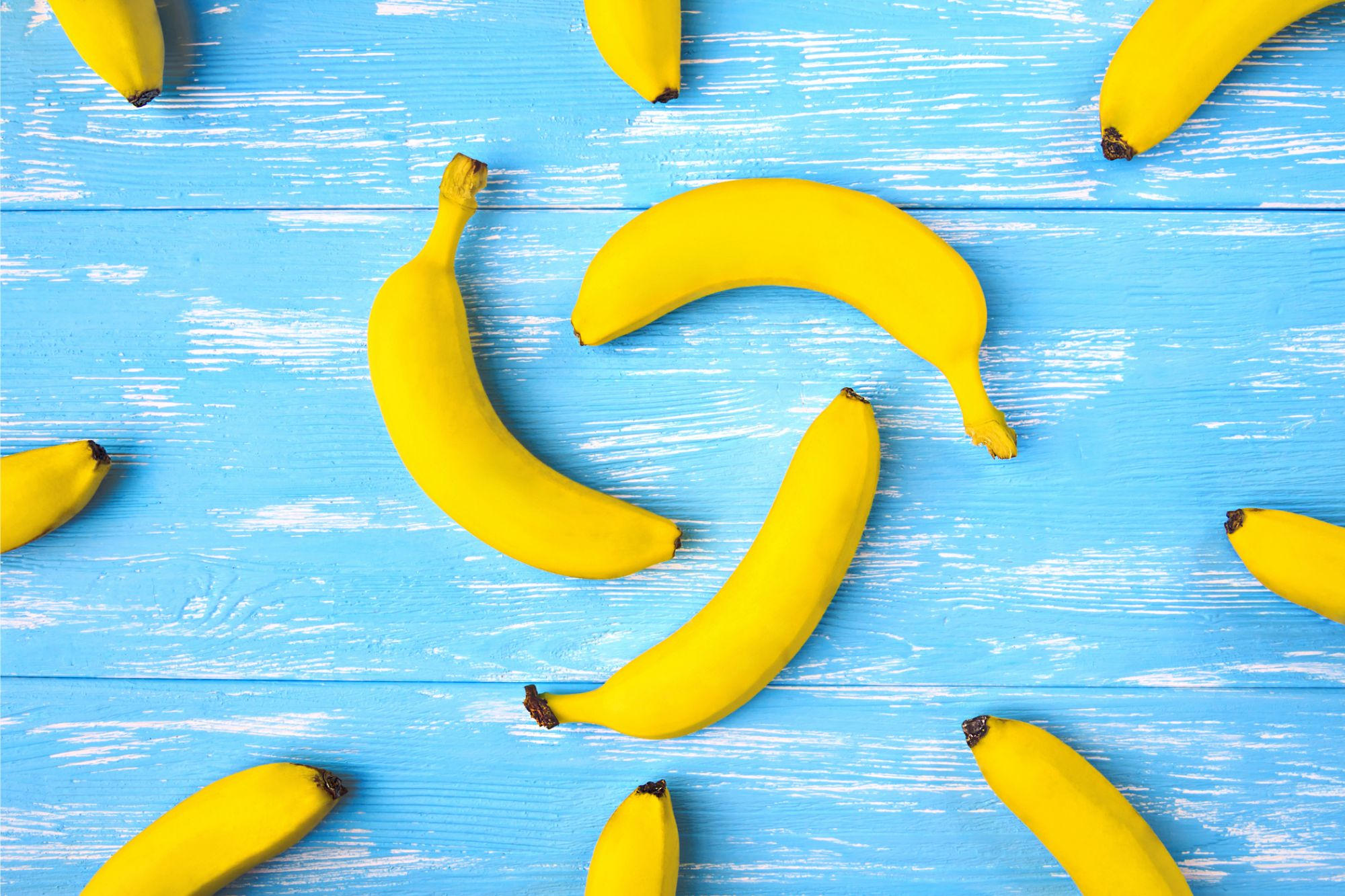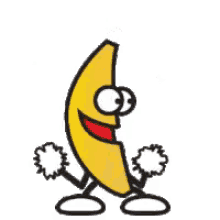
Posted on 11/16/2022 11:27:55 AM PST by Red Badger

Bananas on Table
The scientists believe there are at least three wild ‘mystery ancestors’.
Scientists are peeling back ancient layers of banana DNA in order to find the “mystery ancestors” before they go extinct. It is believed that humans domesticated bananas for the first time 7,000 years ago on the island of New Guinea. However, the history of banana domestication is complicated, and the distinction between species and subspecies is often unclear.
A new study published in the journal Frontiers in Plant Science reveals that this history is significantly more complicated than previously imagined. The findings show that the genomes of the current domesticated varieties include remnants from three extra, as of yet unidentified, ancestors.
“Here we show that most of today’s diploid cultivated bananas that descend from the wild banana M. acuminata are hybrids between different subspecies. At least three extra wild ‘mystery ancestors’ must have contributed to this mixed genome thousands of years ago, but haven’t been identified yet,” said Dr. Julie Sardos, a scientist at The Alliance of Bioversity International and CIAT in Montpellier, France, and the study’s first author.
Complex domestication history
Domesticated bananas (except for Fei bananas in the Pacific) are believed to have descended from a group of four ancestors, which were either subspecies of the wild banana Musa acuminata or different but closely related species. Before being domesticated, M. acuminata existed in Australasia and seems to have developed on the northern borderlands between India and Myanmar about 10 million years ago. Another complication is that domesticated varieties may contain two (‘diploid’), three (‘triploid’), or four (‘tetraploid’) copies of every chromosome, and many are derived from the wild species M. balbisiana.
Recent smaller-scale studies suggested that other ancestors linked to M. acuminata may have been involved in the domestication, suggesting that even this highly complicated scenario may not be the whole story. The latest findings not only validate this to be the case but also demonstrate for the first time that these gene pools are common in domesticated banana genomes.
Banana collecting missions
The authors sequenced the DNA in 226 extracts leaf extracts from the world’s largest collection of banana samples at The Alliance of Bioversity International and CIAT’s “Musa Germplasm Transit Centre” in Belgium. Among these samples, 68 belonged to nine wild subspecies of M. acuminata, 154 to diploid domesticated varieties descended from M. acuminata, and four more distantly related wild species and hybrids as comparisons. Many had previously been gathered in dedicated ‘banana collecting missions’ to Indonesia, the island of New Guinea, and the autonomous region of Bougainville.
The researchers first measured the levels of relatedness between cultivars and wild bananas and made “family trees” based on the diversity at 39,031 Single Nucleotide Polymorphisms (SNPs). They used a subset of these – evenly spread across the genome, with each pair demarcating a block of approximately 100,000 “DNA letters” – to statistically analyze the ancestry of each block. For the first time, they detected traces of three further ancestors in the genome of all domesticated samples, for which no matches are yet known from the wild.
Mystery ancestors might survive somewhere
The mystery ancestors might be long since extinct. “But our personal conviction is that they are still living somewhere in the wild, either poorly described by science or not described at all, in which case they are probably threatened,” said Sardos.
Sardos and his team have a good idea of where to look for them: “Our genetic comparisons show that the first of these mystery ancestors must have come from the region between the Gulf of Thailand and west of the South China Sea. The second is from the region between north Borneo and the Philippines. The third, from the island of New Guinea.”
Could help breed better bananas
Which useful traits these mystery ancestors might have contributed to domesticated bananas is not yet known. For example, the crucial trait of parthenocarpy, fruit setting without the need for pollination, is thought to have been inherited from M. acuminata, while cooking bananas owe a large chunk of their DNA to the subspecies (or perhaps separate species) M. acuminata banksii.
Second corresponding author Dr. Mathieu Rouard, likewise at Bioversity International, said: “Identifying the ancestors of cultivated bananas is important, as it will help us understand the processes and the paths that shaped the banana diversity observed today, a crucial step to breed bananas of the future.”
“Breeders need to understand the genetic make-up of today’s domesticated diploid bananas for their crosses between cultivars, and this study is a major first step toward the characterization in great detail of many of these cultivars.”
Sardos said: “Based on these results, we will work with partners to explore and genotype wild banana diversity in the three geographic regions that our study pinpointed, with the hope to identify these unidentified contributors to cultivated bananas. It will also be important to investigate the different advantages and traits that each of these contributors provided to cultivated bananas.”
Reference:
“Hybridization, missing wild ancestors and the domestication of cultivated diploid bananas” by Julie Sardos, Catherine Breton, Xavier Perrier, Ines Van den Houwe, Sebastien Carpentier, Janet Paofa, Mathieu Rouard and Nicolas Roux, 7 October 2022, Frontiers in Plant Science.
DOI: 10.3389/fpls.2022.969220
The study was funded by the CGIAR Research Program Roots, Tubers and Bananas, and the CGIAR Genebank Platform.
The breed of bananas we eat today are not the kind we ate when we were kids.
Banana PING!...............
There were Red bananas for sale when I was a kid in grocery stores. Now it’s only in specialty places like Whole Foods.................
Bananna PuddING!
Banana producer screwed up one time and now they’re screwing up again. Didn’t they learn anything?
They “split”
Uh, the plantain.
“Breeders need to understand the genetic make-up of today’s domesticated diploid bananas for their crosses between cultivars, and this study is a major first step toward the characterization in great detail of many of these cultivars.”
I don’t think this is true at all. Empiricism trumps theory and is more efficient and effective.
I’m for sequencing all genomes, but this reasoning is hand waving.
Rudolph Boysen came up with the best tasting berry, and Walter Knott cultivated it, without knowing any genomic data.


Sorry, but you misspelled ‘Nanner’. Hope this helps!
I tend to agree with you. But genetics has it's place. It's like that oddball specialty wrench at the bottom of your toolbox which you only use every couple of years.
The Cavendish banana cultivar that we now have is itself threatened with destruction:
“Unfortunately, the disease that causes fusarium wilt has mutated and now the Cavendish crop is no longer immune. It too is being decimated by fungal disease.
‘This fungus is a complete nightmare,’ said Dr Aurelio Ciancio, from the Institute for Sustainable Plant Protection at the National Research Council of Italy in Bari.
‘Producers are worried because it’s spreading quickly around the world,’ he said.
Ciancio is the coordinator of the MUSA research project. ‘Traditional control measures are limited and this fungus is clearly capable of killing plants at speed,’ he said.
Funded by the EU and working with partners from Europe, Africa and Latin America, MUSA spent four years investigating the use of bio-controls, or natural agents in plant defence.
Banana bugbear
The banana’s bugbear is dubbed Tropical Race 4 (TR4) also known as Panama 4. First identified in Taiwan in 1990, the mould causes fusarium wilt in the Cavendish cultivar. Entering through the roots, it chokes off the plant’s energy supply, killing it from within.
Not to me, I understood perfectly what he meant.......
Regrettably, Canaan Banana is no longer alive to offer his insights.
I’m sure there’s an mRNA shot they can give the plants that will be both safe and effective against the fungus
If you need more specialists on bananas, call ex-Tallahassee Fl. Mayor Gillum, Peter “The Banana Secretary”, and former Rep. Barney’s Frank for advise. /sarcasm, I think!
Disclaimer: Opinions posted on Free Republic are those of the individual posters and do not necessarily represent the opinion of Free Republic or its management. All materials posted herein are protected by copyright law and the exemption for fair use of copyrighted works.